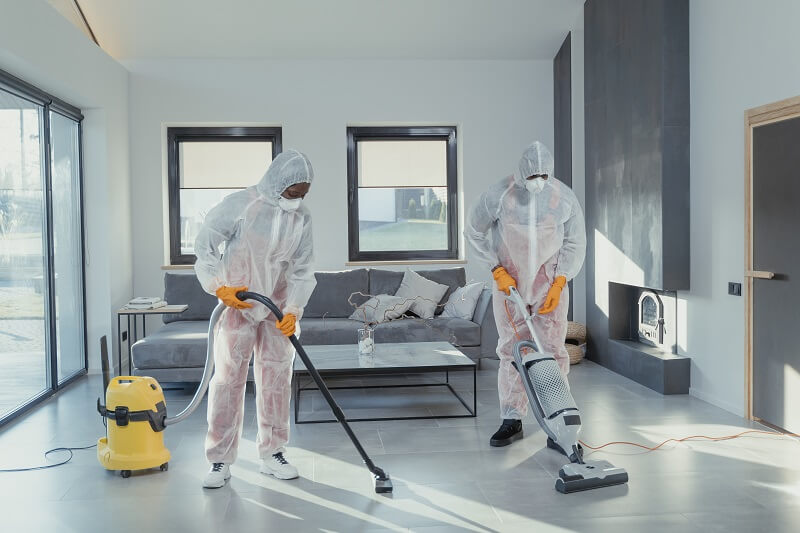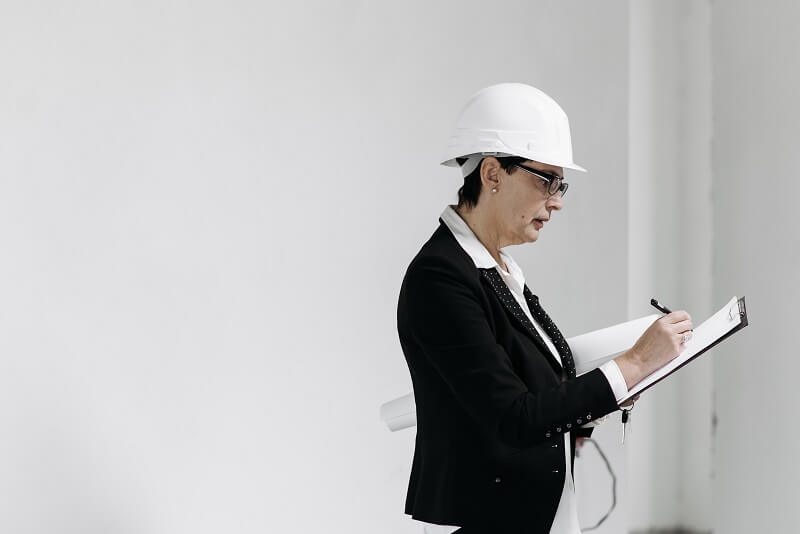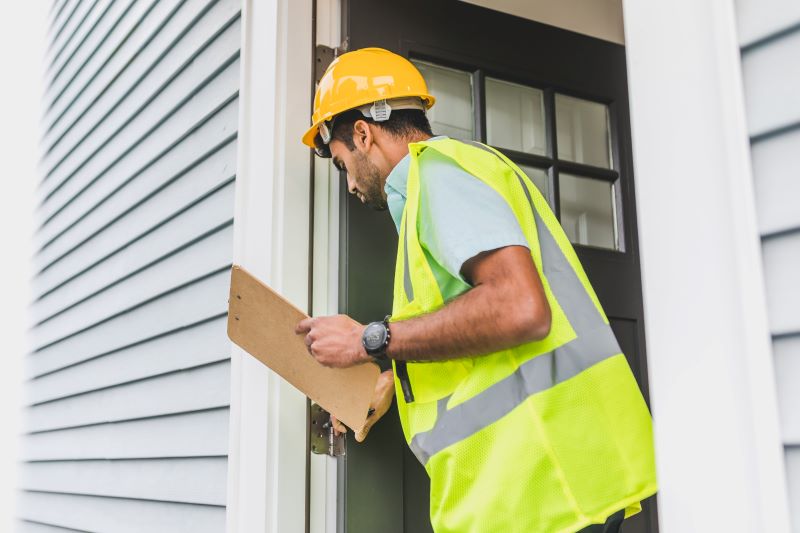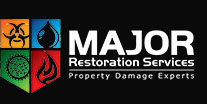Whether a pipe bursts in your property or the basement floods, you need to take action promptly. Water incidents might damage your property and belongings while also exposing you to potential health hazards when mold starts to form. You’ll want competent professionals to complete a thorough water damage inspection. The best water damage restoration services will have the workers, supplies, and procedures needed to address any water damage problems. To learn what to expect during a water damage inspection, read the article.
Things on What to Expect During a Water Damage Inspection

As soon as you are aware of the water damage, contact an accredited professional water damage restoration service to evaluate the area. An assessment of your property for water damage aims to identify each area that has been damaged by water and determine the extent of the structural damage.
Inspectors use moisture detectors, such as hygrometers and moisture meters, to measure the extent of damage and determine the scope of the necessary repair work. The damage class will be determined at this stage. It is divided into four categories:
- Class One: Less than 5% of the total surface area is affected
- Class Two: Approximately 5%–40% of the total surface area is affected.
- Class Three: Greater than 40% of the total surface area affected
- Class Four: Serious water damage. This refers to “deeply held or bound water” in materials like plaster, hardwood, or concrete that do not easily absorb water.
The assessment will also identify the category of water contamination:
- Category One: Clean or hygienic water. This source could be a broken toilet tank, a burst supply line pipe, or an overflowing bathtub of wastewater.
- Category Two: Highly contaminated water. This water may have come from a broken aquarium, your dishwasher, or your washing machine.
- Category Three: Severe water contamination. It might have come from surface water runoff, sewage, or floodwaters. This water might have bacteria, pesticides, and other hazardous substances in it.
The inspector has to assess the degree of mold damage and the best way to dry out moist areas. You should record this process with images and videos so that you have proof for your insurance.
Following the completion of the water damage inspection, the process of restoring the water damage involves several procedures. These procedures should be carried out by authorized professionals who have received training in water damage remediation.
Removal of Water
The process of extracting or removing water comes first. It begins by taking out any standing water and using extractors to get rid of any water that has been absorbed by household items or other areas of the property. Technicians often use truck-mounted vacuums, portable industrial vacuums, or submersible pumps for this process.
Removal of Materials
The experts will take out any damaged items that shouldn’t be dried or remove certain items to make room for others that need to be dried. (For example, removing vanities for wall drying, or removing drywall for insulation removal and drying of the wall’s inside.)
Cleaning, Sanitation, and Odor Removal

After the standing water is removed, cleaning, sanitation, or odor removal services may be required for the water-damaged area. For cleaning potentially hazardous materials, professionals will have the appropriate personal protection equipment, such as N-96 respirators, protective gloves, and waterproof clothes.
Drying and Dehumidifying
Materials that still contain water or were too difficult to remove during extraction are dried using air movers and dehumidifiers. Professionals know the science behind drying and can guarantee that it is done correctly to help prevent further issues.
Renovation/Repair
The professionals are going to examine the full extent of the work to see if any additional repairs are required. Reconstructive or structural repairs should only be carried out by suitably qualified professionals.
What to Expect During a Water Damage Inspection: Inspection Cost

The cost of a water damage inspection differs. A comprehensive on-site survey and thorough assessment are required for the work. The cost of the inspection depends on the size of the property and the degree of damage.
There can be charges for emergency services. The professionals could, for instance, need to fix broken pipes right away. A damaged property or commercial establishment may require board-up services after flooding from a hurricane. You will always receive a written quote outlining the cost of water damage repair from an authorized restoration professional, who will also explain what options are available.
They might discuss some situations that might have an impact on the cost projection, like:
- Hidden structural damage
- Prolonged mold remediation and removal
- Secondary damages’ delayed effects
- Work that needs to be done by certified plumbers or electricians
Water Damage Causes
There are lots of factors that might result in water damage, including:
- Carelessness (i.e., leaving a faucet open or breaking a sprinkler head)
- Defects in the building envelope
- Defects in the internal plumbing
- Extreme weather conditions
- Freezing pipes
- Improper roof, window, and door openings
- Incorrect materials
- Issues with the structural elements and foundation
- The site and underground drainage issues
- Unsecured roof openings, windows, and doors
- Improper hookups or connections of water-using equipment or appliances
What to Expect During a Water Damage Inspection: Areas of Inspection

Inspectors looking for water damage typically, begin at the top of the property or building and work their way down. They will look in these areas:
- Attic
- Basement
- Bathrooms
- Boiler or water heater
- Ceiling
- Crawlspaces
- Doors
- Ductwork and a furnace
- Furniture
- Kitchen
- Plumbing and sinks underneath
- Washroom and laundry machine
- Inspectors also pay attention to a property’s exterior, like:
- Garage
- Gutters/Eavestrough
- Roof
- Shed/storage
- Sources of water
Here are some additional tips for a smooth water damage inspection:
Be Prepared: Gather any relevant documents like repair estimates, plumber invoices, or receipts related to the water damage.
Maintain a Safe Environment: If there are any safety hazards like exposed electrical wiring due to water damage, ensure the inspector is aware and can safely assess the damage.
Be Honest and Transparent: Provide the inspector with accurate information about the water damage and any mitigation efforts you’ve taken.
By understanding what to expect during a water damage inspection, you can feel more prepared and ensure a smooth claims process. Remember, the goal is to work collaboratively with your insurance company to receive fair compensation for the water damage to your property.
Frequently Asked Questions (FAQs)
What should I do if my water damage claim is denied?
If your water damage claim is denied, review your insurance policy and the denial letter carefully to understand the reasons for the denial. You may have the option to appeal the decision or seek assistance from a public adjuster or legal counsel.
Does homeowner’s insurance cover all types of water damage?
Homeowners insurance typically covers water damage caused by sudden and accidental events, such as burst pipes or appliance leaks. However, coverage may vary depending on the cause of the water damage and your specific insurance policy.
How long does it take to process a water damage insurance claim?
The time it takes to process a water damage insurance claim can vary depending on the complexity of the claim, the extent of the damage, and the responsiveness of the insurance company. In general, claims are typically processed within a few weeks to a few months.
Can I start repairs before the insurance company assesses the damage?
It’s advisable to wait for your insurance company to assess the damage before starting repairs, as they may need to inspect the damage firsthand to determine coverage. However, you can take steps to mitigate further damage in the meantime.
What should I do if I disagree with the insurance company’s assessment of the damage?
If you disagree with the insurance company’s assessment of the damage, you have the right to dispute their findings. Provide any additional evidence or documentation to support your claim, and consider seeking assistance from a public adjuster or legal counsel.
Summary
Two of the most feared phrases heard by homeowners and business owners are “water” and “damage.” Both inside and outside of the structure, water damage can be expensive to repair. When you want a water damage assessment, you want it handled by professionals who have earned the necessary certifications. The cost estimate for repairing water damage is something else you should have. Before repairing the water-damaged property, it is preferable to have an assessment of the damage’s extent conducted.
Also, there is protection that may help in your financial recovery from any damages brought on by the water damage. Make sure you have the appropriate insurance coverage so that you are sufficiently protected if your property experiences water damage.


